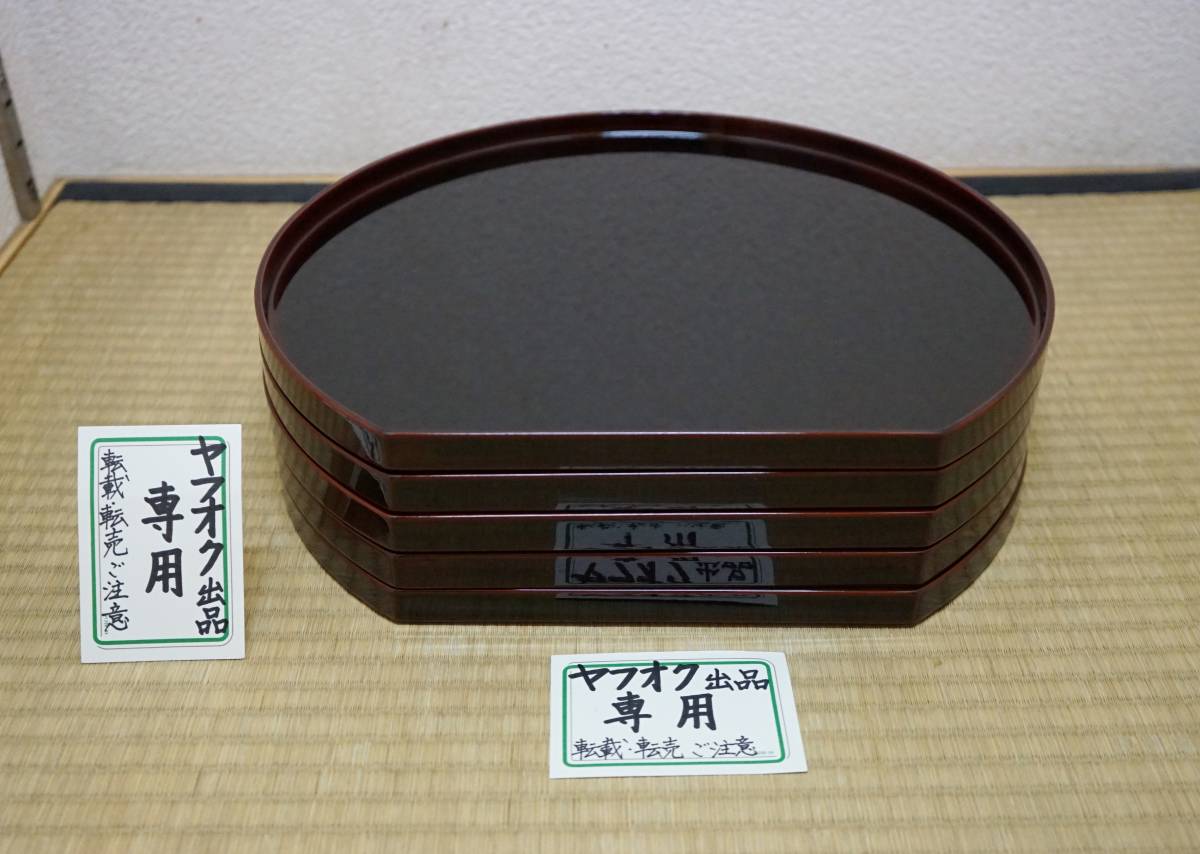商品の詳細


















商品の説明

エルメス パニエドプラージュ ブルー トートバッグ ハンドバッグ

ミナペルホネン タンバリン パニーニバッグ

トートバッグ

土屋鞄 トートバッグ

【美品・正規品】マイケル・コース ハンドバック(袋付き)

ステラマッカートニー トートバッグく

激レア✨ヴィヴィアンウエストウッド ユニオンジャック ヤスミン トートバッグ

専用TU

【新品】RUE DE VERNEUIL ルーデュベルネイユ トートバッグ

【良品/リペア】ルイ・ヴィトン(モノグラム)サックプラ トートバッグ

ストラスベリー トートバッグ ハンドバッグ キャメル ショルダーストラップ付き

美品✨️Cath Kidston トートバッグ レデース 水色 花柄 可愛い♡

超美品 MARC JACOBS ショッパーバッグ

vintage RRL 第二期タグ トートバッグ

Diorブックトートミディアム
最新のクチコミ
デザインがすごく気に入りました。ありがとうございます!
- eoh*****さん
- 60歳
- アトピー
- クチコミ投稿 2件
購入品
似合うかなと思ってかったが、短足が更に短足に見えて一度しか履いていない。履いた感じは良くて大股になっても突っ張りしないので本当に残念な買い物をした。
- bua*****さん
- 50歳
- アトピー
- クチコミ投稿 3件
購入品
裄丈88㎝のワイシャツを探していたところ殆どが86㎝、こちらで見つけた時は嬉しくなりました。お値段がお安く・・・大丈夫かしら、と心配していましたが届いた物を見てお値段以上と思いました。裄丈はぴったり!本人も喜んで、リピを考えています。ありがとうございます。
- kud*****さん
- 53歳
- アトピー
- クチコミ投稿 4件
購入品
大きいサイズであまり可愛いパンツは売ってないので、こちらで購入できてよかったです!生地もつるつるでお気に入りのパンツになりました!
- swi*****さん
- 56歳
- アトピー
- クチコミ投稿 5件
購入品
多少の汚れは拭けば気にならないのですが、タッチペンで補償したようなあとがあったので評価下げました?それがなければ問題ないかと?まだ作ってから使用してないので耐久性やガラスが滑るとかはわからないです?滑り止めついているのですが不安なら別で用意した方がいいかもですね?ガラスは重量感あってやっぱ薄いのを買わなくて良かったと思っています?ガラスの厚みだけでもだいぶ見た目が変わるのでこの商品はおすすめですね?
- oqu*****さん
- 44歳
- アトピー
- クチコミ投稿 2件
購入品
商品自体かなりしっかりした出来で、存在感があります。それなりに重いので玄関先からの移動は2人で運ぶ事をお勧めします。完成品でキャスターのみ取り付けなので、すぐに使用できるのは大きなメリットだと思います。我が家ではキャスターを付けずそのまま使用しています。ミドルブラウンを購入しましたが、イメージよりも少し色が薄めでした。また、木製ですので子どもが硬いおもちゃなどを叩きつけると当然凹みますので要注意です。この価格でこれだけしっかりしたテーブルが購入できて満足しております。
- jsq*****さん
- 27歳
- アトピー
- クチコミ投稿 5件
購入品
使い勝手は良いのですが、耐久性が?この価格なら満足です!
- elc*****さん
- 67歳
- アトピー
- クチコミ投稿 5件
購入品
簡単に取り付けることができました。浴室グッズは雑多になりがちですが、一箇所に場所を取らず置けるためスッキリ収納されます。
- vby*****さん
- 52歳
- アトピー
- クチコミ投稿 2件
購入品
付属のアダプターを使用することなくすんなりと付け替えできました。接続部分から漏れは全くなく3段階の切り替えもスムーズで扱いやすいです。金属製ではないので軽く腕が疲れません。あとは塗装によるメッキの耐久性がどうかといったところですが、コストパフォーマンスが良いので満足です。
- vor*****さん
- 34歳
- アトピー
- クチコミ投稿 3件
購入品
20年近く使っていた羽毛の肌掛けが、少し毛羽が出る様になってしまったので、たたんで犬用にする事に。久しぶりに買った肌がけは、臭いも無く、軽くてしなやかで、フン〜ワリ〜⤴︎ 色々悩んで選んだ甲斐がありました。配送も早かったです。早速使ってみたところ、ふんわり暖かい。例年春や秋は、肌掛け2枚掛けで過ごしていましたが、今年はより暖かく過ごせそうです。
- dmh*****さん
- 28歳
- アトピー
- クチコミ投稿 3件
購入品
皆様方のレビューも読んだうえで購入しましたが、正直言って思っていたよりも良かったです。とは言え、今まで使用していたのが○トリの安物チェアだったので比較してはいけないのでしょうが・・・選択のポイントは、座面が低いこと(短足)、ランバーサポート(腰痛対策)、倒した状態で固定できること(くつろぎ)、そして類似商品より若干広めの足幅(より安定)です。これらすべての点で期待通りでした。安定性については若干心配でしたが、一番深く倒した状態で深く腰掛け、さらに足をあげても倒れるようなことはありませんでした。とは言え、ちょっと不安なので深く倒した時には5本足の一本を真後ろに向けるようにしています。造りは値段なりと思います。アームは多少ぐらぐらします。ヘッドレストが動かないようにするには思いっきり締め付ける必要があります。最初はあまり力をかけて壊したりするのが怖く、そこそこにしていましたが、頭を預けるとヘッドレストが動くため最終的にありったけの力で締め付けました。これで壊れることはありませんでした。
- imw*****さん
- 26歳
- アトピー
- クチコミ投稿 5件
購入品
もう少し大きいかなと、期待しましたが、小さかったです、味は甘くて美味しいです
- lok*****さん
- 27歳
- アトピー
- クチコミ投稿 3件
購入品
午前中には届いたのですがギリギリ昼前でかなり水温も低くなってしまってました、勿論アクアギフトさんなのでしっかりカイロも入れてくれてましたがなんせ配送業者が遅い為発泡スチロール箱に出来れば生き物につきなるべく早く配達等記載して頂けると助かります。今いつも以上に時間掛けて水合わせしてますがたまに横になったりして不安です。何とか元気な状態に持ち直しました、今近くのショップではハナゴンベ2万弱するのでアクアギフトさんの値段には感謝しかありません。これからも宜しくお願いします。
- njy*****さん
- 35歳
- アトピー
- クチコミ投稿 1件
購入品
体調が悪くなっても初期なら回復しました。もう少し安価だと助かります。
- hyf*****さん
- 42歳
- アトピー
- クチコミ投稿 2件
購入品
高齢猫の腎臓に負担がかからず水分を与えることができますし腸内の調子も良さそうです。排便がスムーズに行えていると思いました。
- wid*****さん
- 36歳
- アトピー
- クチコミ投稿 1件
購入品
いろいろ試しましたが一番気に入ったみたいで飽きずによく食べます
- azs*****さん
- 61歳
- アトピー
- クチコミ投稿 3件
購入品
中学1年生の娘用に購入普段Mサイズを着用今回Lサイズを購入しましたが若干上が短くて背中がすぐに見えるようです。上にラッシュガード着るから本人曰く問題ないとの事です。
- fmx*****さん
- 41歳
- アトピー
- クチコミ投稿 5件
購入品
しばらく2番がどこも売ってなくて諦めてたんですが、どこの店舗さんでも販売するよーになったので、きっと一時的に欠品してたんでしょーね。。また、購入出来て良かったです。強く書くとボロっと芯が折れますが、慣れれば1本どこも欠けずに使いきれます。軽いタッチでにじまないので使いやすいです。送料も安価なので助かります。
- tal*****さん
- 63歳
- アトピー
- クチコミ投稿 1件
購入品
100均の同じようなアイライナーを購入したのですが、踊って汗で滲んだり取れたら嫌だなぁと思いちゃんとしたものを購入しました。何でも結局値段なりって事が多いので。レビューが良いので楽しみです。
- kzt*****さん
- 44歳
- アトピー
- クチコミ投稿 5件
購入品
トートバッグのデイリーランキング
-
-
3

エルベシャプリエ トートバッグ
トートバッグ
¥13,700
この商品を見ている人におすすめ
-
-

膳
¥7,885
-

レディースマフラー・ストール
¥9,590
-

ビタミンE
¥7,548
-

模型/プラモデル
¥7,992
-

その他
¥14,328
-




